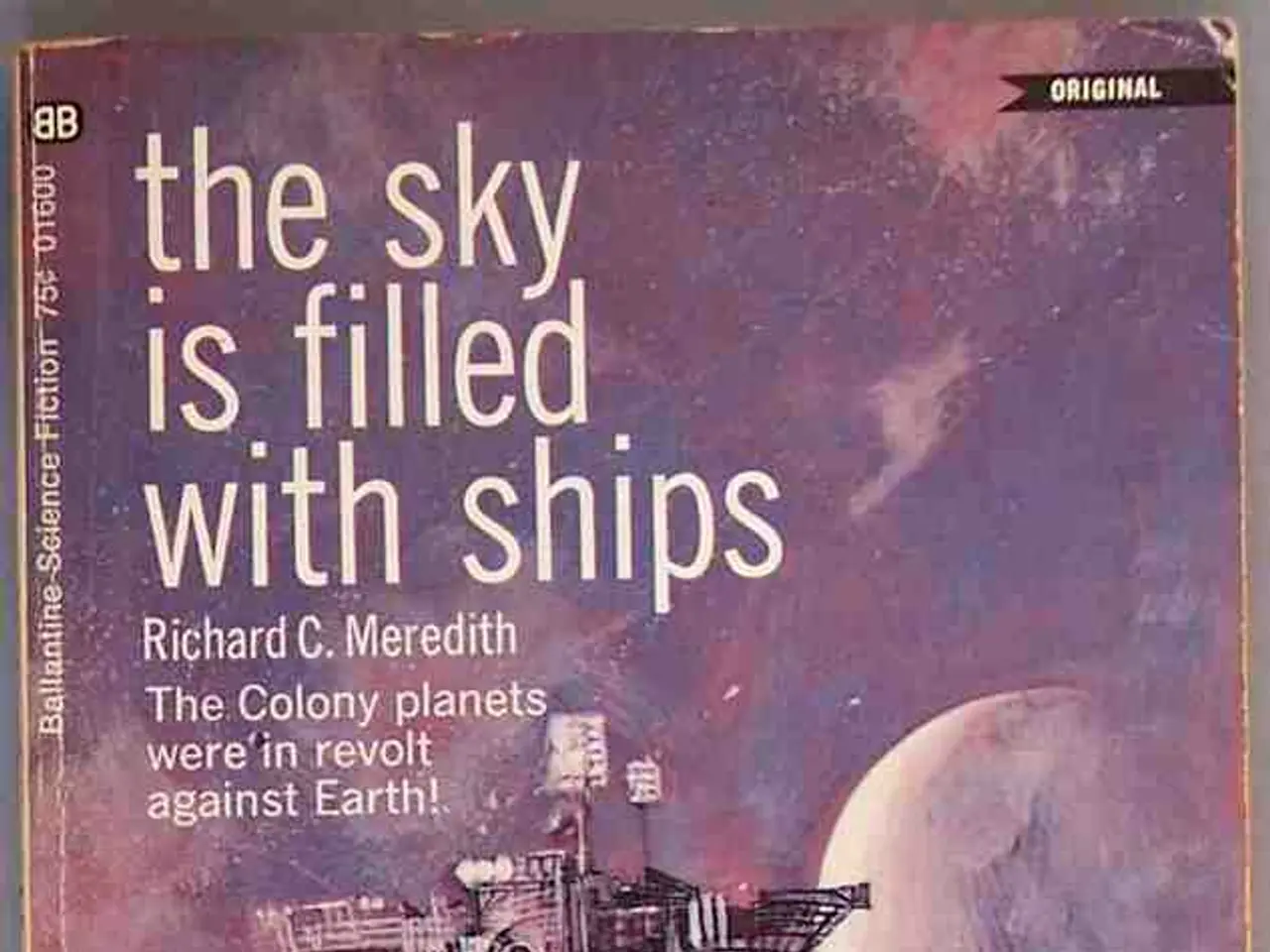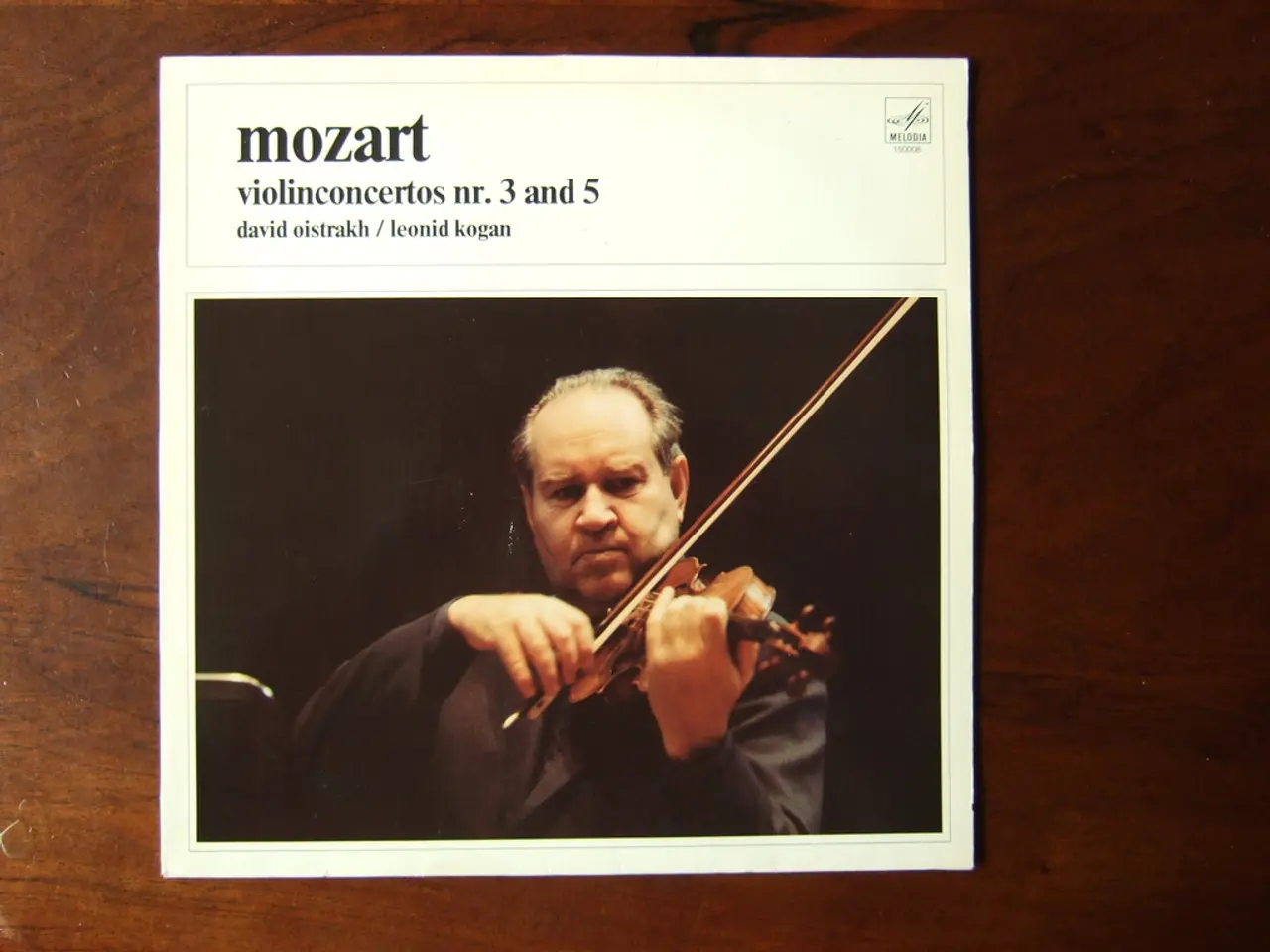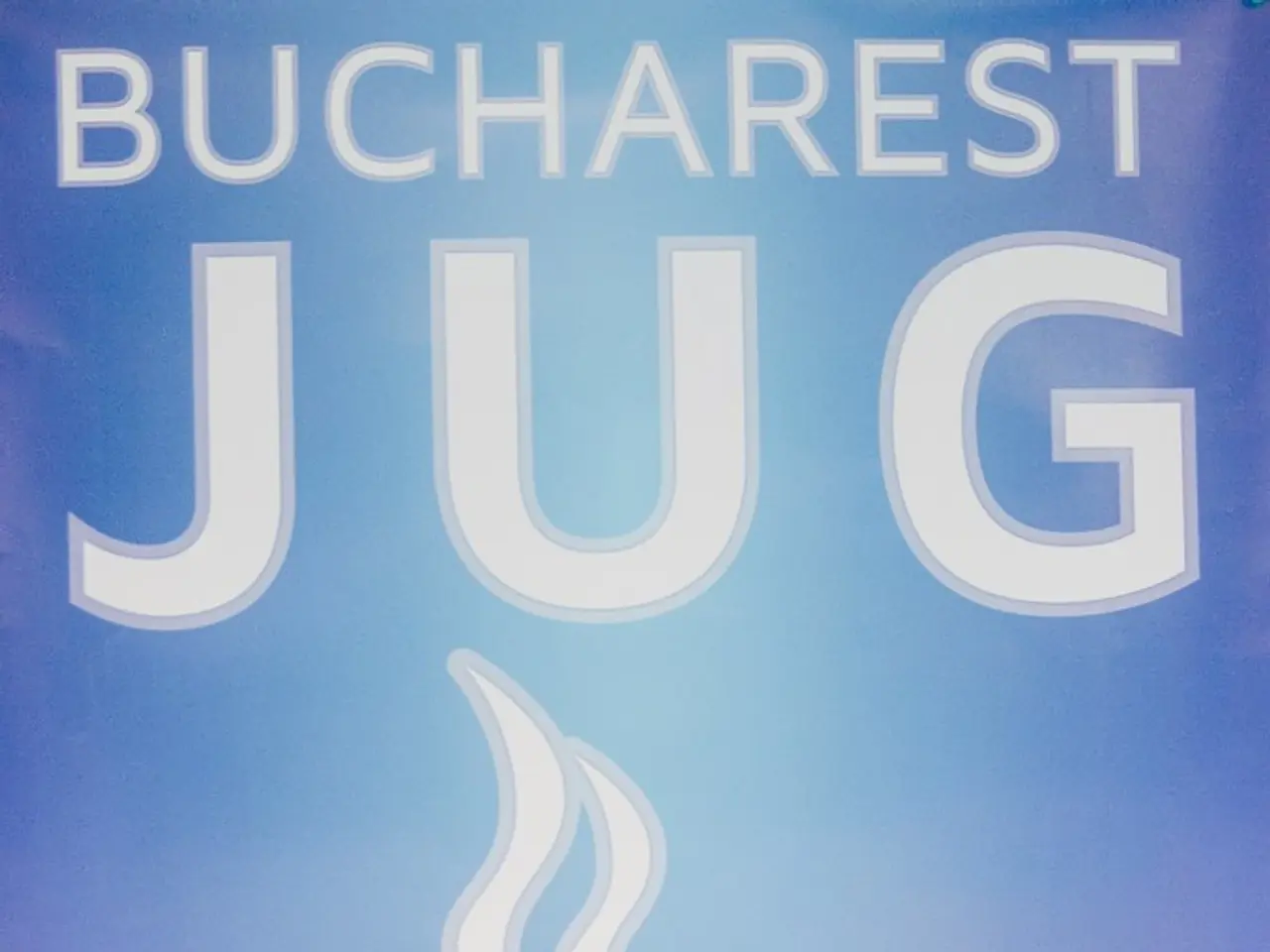Impact of Social Networks on the Popularization of Contemporary English Vernacular Slang
Talkin' Slang in the Digital Age
Welcome to this fast-paced world where Twitter, Instagram, Facebook, and TikTok rule our interactions. Here, the language of the streets evolves at lightning speed, giving birth to modern slang. But what exactly is this modern slang we keep hearin' about? Think fresh phrases, acronyms, and expressions that pop up online quicker than you can say "what's good."
Dig deep, and it's evident that understanding how slang travels is crucial for many reasons. It shines a light on language's ever-changing nature, breaks global barriers, and influences everything from brand communication to educational strategies. And let's not forget how it even catches the eye of your friendly neighborhood dictionary.
Jump in the digital pool and splash around, and you'll see how these platforms introduce, boost, and revamp slang terms like it's nobody's business. Let's dive deeper into the fun and fascinating ways these platforms make room for new slang to take root in contemporary English.
The Spreadin' Game: How Social Media Spreads the Goods
It's all about speed and reach when it comes to social media, with platforms like TikTok and Twitter amplifying content that generates engagement and goes viral. That means when a new slang term pops up in a viral video or post, it easily reaches millions of users, who can then pick it up and twist it to fit their circles. Take "cheugy," for instance, a term that gained popularity on TikTok in 2021 to describe out-of-touch or un-trendy things. Its popularity exploded, mostly due to the algorithm's knack for recommending content to interested users based on their behavior. That's how slang can travel from one user in one country to another halfway across the world in mere hours, or even minutes!
Meme Masters: Internet Memes and Their Linguistic Dominion
Internet memes are an essential player in spreading slang far and wide. These funny images, videos, or texts catch the attention of millions, often using or even creating new slang terms. They tap into shared cultural references or societal observations, making them both relatable and unforgettable. The term "Karen" is a standout example, gaining fame through memes to describe an entitled or demanding woman, often depicted as middle-aged. While the idea wasn't new, memes on platforms like Reddit and Instagram catapulted its popularity, giving it layers of social commentary to stick in people's minds.
User-generated Junction: The Evolution of Slang
Social media runs on user-generated content, giving everyone a chance to create, share, and communicate their experiences, stories, and thoughts. This open-door policy fosters self-expression and serves as a breeding ground for language innovation. Slang terms frequently start as niche jargon in specific online communities before breaking free and entering the mainstream through these platforms. "Stan," a term that originated from Eminem's song "Stan" and was used in fandom communities to describe an obsessed fan, is an example. It thrived in specific circles but went mainstream when users on Twitter started using it to express enthusiastic support, moving beyond its original context.
Influence Makers: The Impact of Personalities and Creators
Social media influencers and content creators wield powerful shifts in how slang emerges and spreads. Their massive followings allow them to set trends, often incorporating slang that reflects their unique vibe or niche. A single Tweet or Instagram post from a popular influencer can provide massive exposure for a new term. In 2014, "on fleek" became popular thanks to a viral Vine video by creator Peaches Monroee. Her unique use of the phrase "eyebrows on fleek" stuck with viewers and spread across various platforms, eventually breaking into everyday conversation. The influence of these personalities demonstrates how a simple phrase can have a significant impact on the linguistic landscape.
Breaking Boundaries: Slang's Move from the Screen to Daily Life
Once slang has gained steam online, it doesn't stay there for long. Social media's speedy nature and wide reach mean that popular slang doesn't only stick to the internet; it seeps into traditional media and everyday conversations. When a term picks up a strong digital current, it can be swept up by the mainstream media, reinforcing its presence and easing its transition into everyday language. Take "yeet" as a prime example, a term that first surged in popularity on social media, notably Twitter and Vine, before making its way into dictionaries like Merriam-Webster and appearing on television shows and commercials. The integration of slang into mainstream media highlights social media's crucial role as a bridge between niche internet culture and broader societal discourse.
Winding This Thing Up
There's no doubt about it: social media's grip on our globalized world is tighter than a boa constrictor on its prey. Slang's role in digital culture is more than just a lingo fad–it's a reflection of evolving identities and a testament to the merging of technology and language evolution. To fully grasp and engage with these linguistic shifts, it's essential to decipher the mystery of social media and its role in shaping our language.
Whether you're a linguist, a marketer, or just an everyday Joe, get involved in these digital communities, pay attention to trending conversations, and embrace the beauty and chaos of linguistic evolution. The digital landscape is a playground for constant change, but it's a playground that calls out for curious explorers to come and uncover hidden gems.
The Lowdown on Slang
FAQ
Question 1: What role does social media play in developing and boosting modern English slang?
Social media acts as a valve for modern English slang by promoting fresh expressions in vast, connected communities. Platforms like Twitter, Instagram, Facebook, and TikTok are hotspots for creative linguistic experimentation, bringing life to new phrases, acronyms, and slang terms. Moreover, viral content mechanisms on these platforms, such as hashtags, memes, and viral videos, propel lesser-known phrases into mainstream usage, making them globally acclaimed.
Question 2: How do TikTok and Instagram specifically contribute to the spread of modern slang?
TikTok and Instagram, due to their visual and auditory formats, provide fertile ground for slang terms. Creators on these platforms often use catchy phrases, slang terms, or employ them in songs to grab viewers' attention. If a video becomes viral, the associated slang can spread like wildfire, adapting and evolving across different contexts. Platform features, such as hashtag trends and social sharing, facilitate connection and amplification of these expressions.
Question 3: Why does modern slang commonly originate among younger generations on social media?
Younger generations, particularly Gen Z users active on TikTok, Twitter, and Instagram, are at the forefront of creating and spreading modern slang because they are usually the most active on these platforms. Youth culture sparks creativity and vocabulary innovation, with young people favoring novelty, humor, and self-expression in language. Additionally, the digital fluency and fast-paced nature of these generations means new slang can quickly captivate the attention of their peers and spread rapidly.
Question 4: How does modern English slang reflect cultural and societal changes?
Modern English slang serves as a snapshot of cultural and societal shifts, encapsulating changes in attitudes, ideologies, and priorities. Phrases and expressions reflect current social movements, political situations, and cultural touchpoints. When key cultural or political shifts arise, slang evolves to reflect these changes, giving voice to the values and beliefs of the times. For example, slang terms related to mental health awareness, gender identity, or technology permeate digital discourse, reflecting broader societal changes.
Question 5: Can the rapid evolution of modern slang lead to communication barriers between different generations?
Yes, the fast-moving landscape of modern slang can create communication hurdles, particularly between different age groups. Older generations are not always familiar with present-day slang, which may lead to misunderstandings or feelings of distance. However, open communication and willingness to learn can help bridge this gap by fostering mutual understanding and tolerance for the evolution of language. As time marches on, many slang terms cross generational barriers and become part of everyday speech, creating a continually evolving linguistic landscape.
Examples of Sentences with Given Words
- The evolution of slang in contemporary English is deeply tied to the lifestyle of social media users as they rely on platforms like TikTok and Instagram to identify and embrace trending terms, phrases, and acronyms.
- Take, for instance, the entertainment value and viral success of internet memes, which have catalyzed the spread of slang terms like "Karen" and "on fleek," making them a major part of our social media lexicon and daily conversations.






